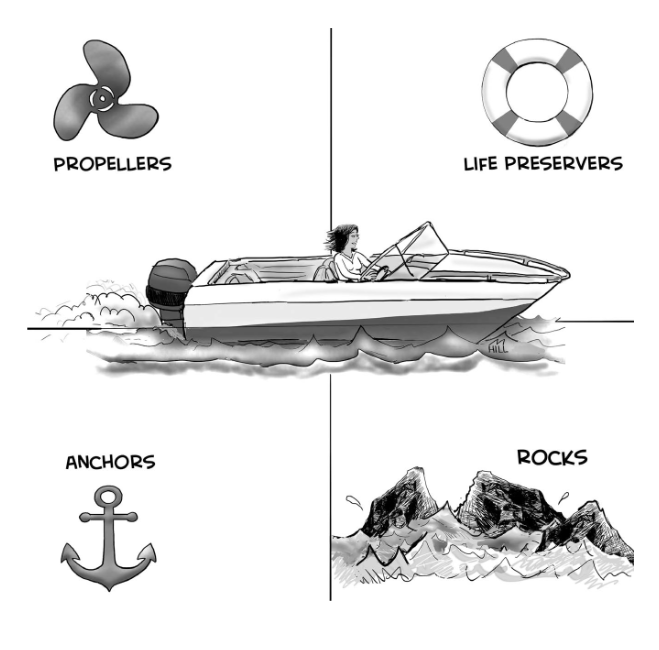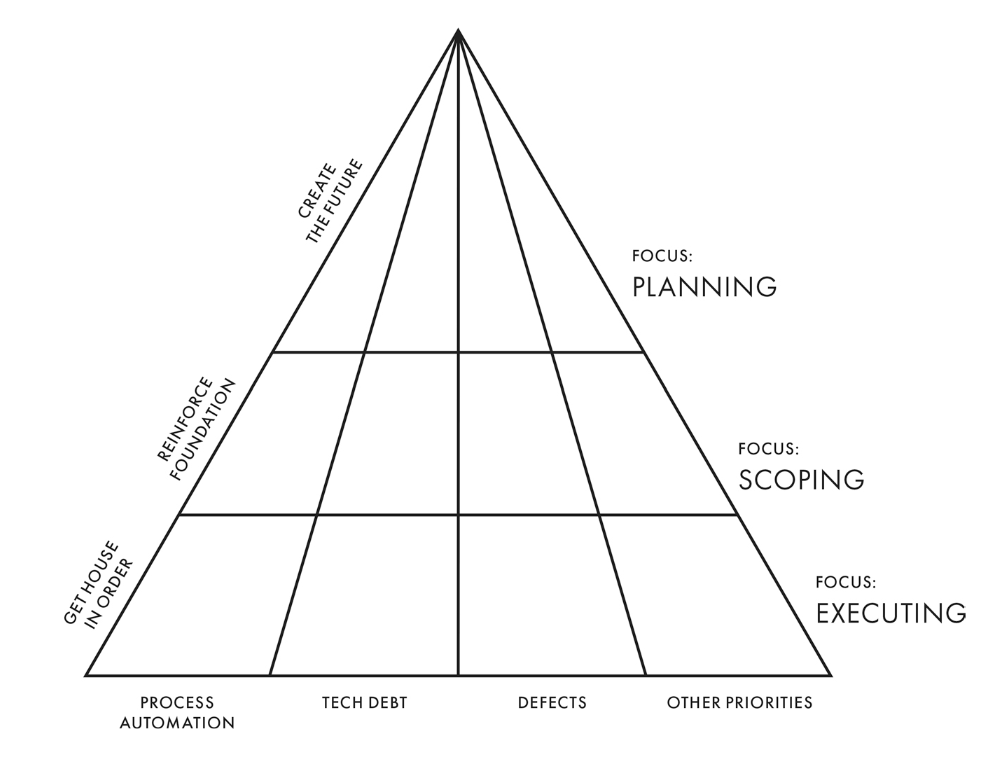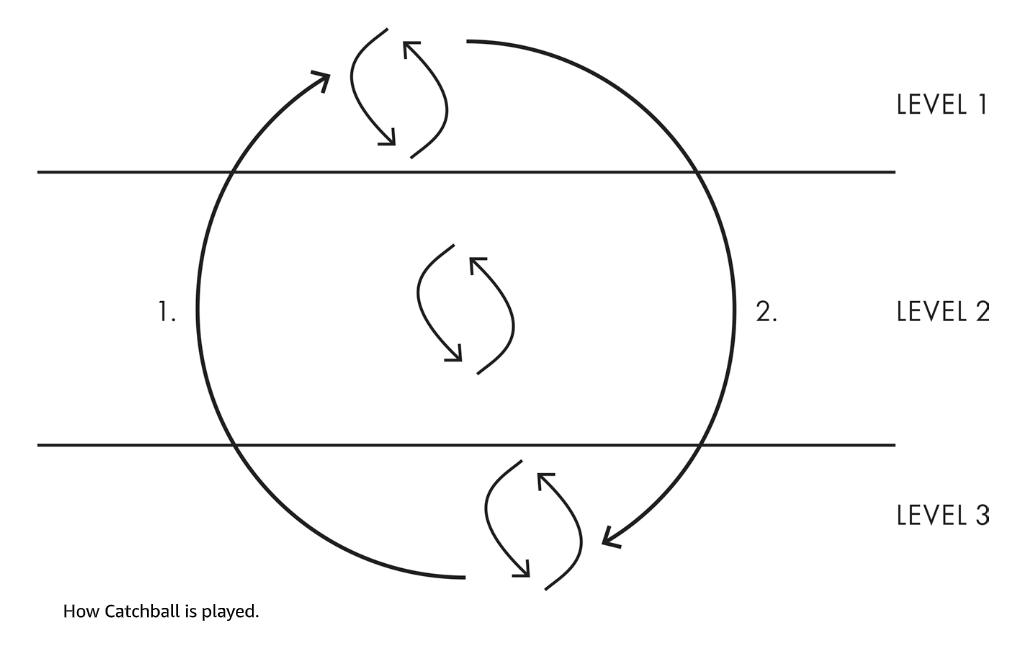I’ve been waiting several years for Harry Max to finish his book “Managing Priorities. It’s available, and it’s awesome! Some observations.
Caveat: I know the author. I consider him a friend who I don’t get to see nearly enough. I worked with Harry at Rackspace and would do nearly anything to work with him again. He’s one of the people I would add to my “Dream Team” if I could. He’s easily one of the smartest, wisest people I know.
So I was clearly excited that he finally finished his book “Managing Priorities.”

Why Do I Love It?
This book is a blueprint, but it’s not “here’s the one true way.” Yes, he has a framework (“DEGAP”) but it reminds me of scrum, really. It’s a skeleton of how to organize but not overly proscriptive. What keeps jumping out at me is how he describes sixteen (16) specific methods of actually doing the work of prioritizing. He summarizes them in Appendix A.
Now that sounds dry… but it’s not! Clean, simple writing with succinct explanations. All told via the narrative of how Harry came to this wisdom with real stories - especially from his time at Rackspace.
This is a book on how to think as much as anything. And Harry is a master thinker.
Some Specific Thoughts
Priorities Have a Shelf Life
Reading that heading on page 133 hit me like the proverbial two-by-four over the head. Of course. But it’s true! “Revisit top-level priorities once a month” (or more frequently even) is great guidance, and one that I hope to implement in my current organization. How often do you actually revisit your top level priorities?
The other thing Harry makes a solid point of is intentionality. He leads off with that guidance in Chapter 3 and comes back to it often. Be intentional about constantly prioritizing.
When Urgency Wins
“Focusing on short-term results can lead to a nasty trap.” Yes. So easy to say. And you are reading this saying “yes, yes, I already know that.” But what do you do if you are in that trap, with the teeth of the bear trap almost ripping your foot off at the ankle? As I was reading this book I could see a way to get out of the trap.
Priority Number One(s)
“Where new Priority-Ones keep coming down the pike, but the older ones don’t go away. So you never really shift priorities. You just now have a new one too.” How many of you have had that happen? If you do software today you can’t tell me that’s not happened. If you can honestly say no then maybe I want to come work in your org!

Harry’s “Speedboat” analysis approach may be the way out of that mess. Read Chapter 11!
Max Priorities Pyramid
Chapter 11 “Sustaining Team Success” is where the meat was on the bone for me. Harry lays out the “Max Priorities Pyramid” which also captures how servicing any higher level goal has to account for process automation, tech debt, defects, and yes… the features. This graphical way of INCLUDING those key workstreams is powerful. It’s a way to draw a picture where all can see that those things are KEY PARTS of the prioritization. Too often those are shunted aside in favor of just “implement the new feature.”

Catchball
“The idea is that no proposed priority starts from the top and ends in a Plan of Record without traveling down and back up the chain of command.” The organization being active in a feedback loop in setting priorities is key. After reading that sentence it’s OBVIOUS how powerful that is, but this small section of the book (starts on page 178!) resonated with me as an ACTIONABLE process that fills a gap I have too often seen: management sets prioriites in a vacuum and the feedback loop happens during implementation in real time. And product velocity slows. And morale lowers. And customers wait.

Conclusion
An argument against most of what Harry describes will be “we don’t have the time for that!” What, you think you have time to do it over when you find out you worked on the wrong things? I have a saying: “sometimes you have to slow down to go faster later.” Getting your priorities right - and agreed to up, down and across your organization, is key. If you don’t do that you will be like a little ball in a pachinko machine.

Read this book. Heed his wisdom. I am going to make all my leaders read this, and try like crazy to get every product leader I know read it too. This book is destined to be a classic. It cannot help but make you better at building products - or better at whatever you set out to do.